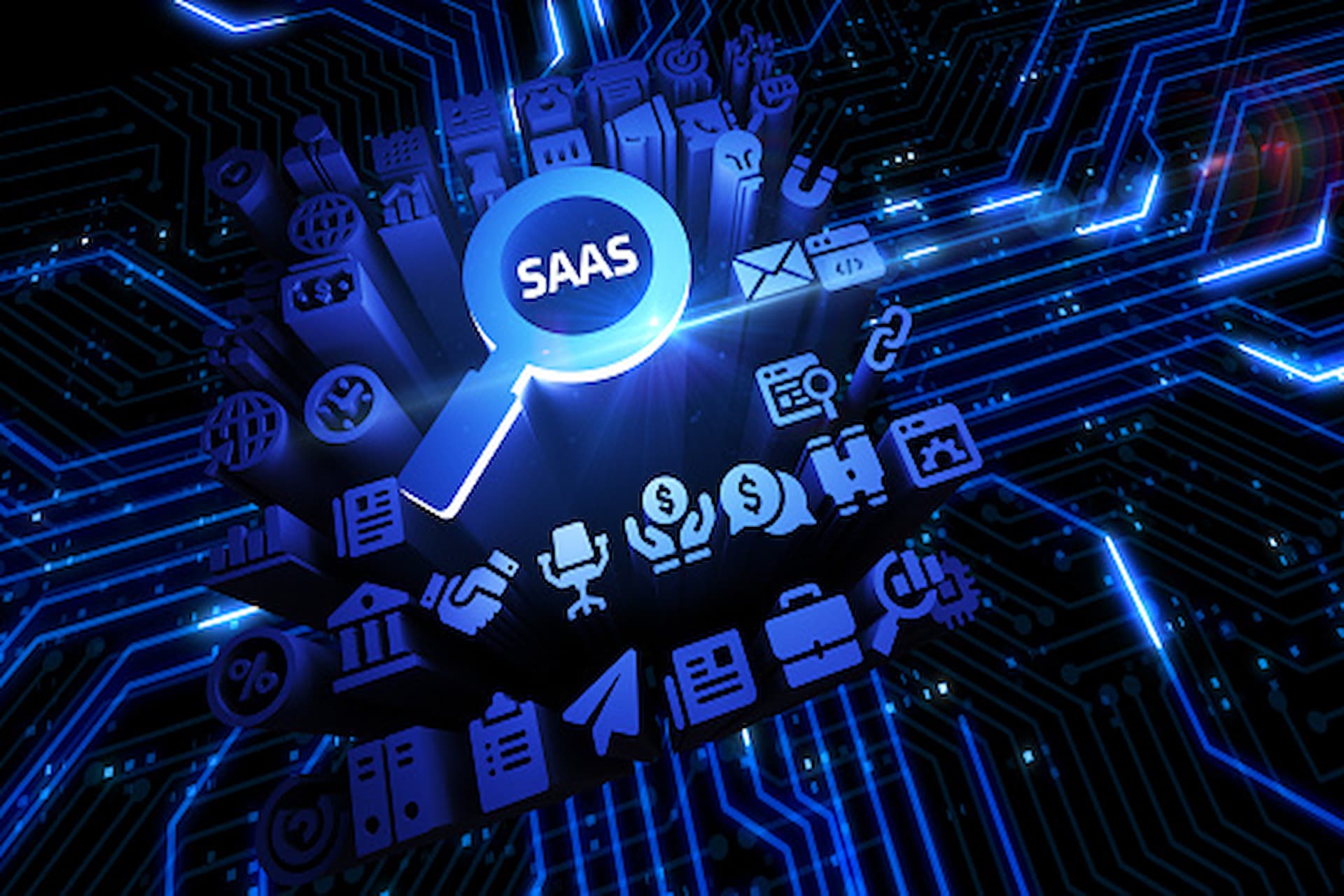Large companies and enterprises rely hugely on specialist business software in order to accomplish key tasks.
Whilst the need for reliable business applications has remained a constant, the means of delivering it have changed considerably in the past twenty to thirty years. From mainframe computers servicing dumb terminals, to network installs arriving on floppy disks and finally to current delivery methods via the cloud, software provision to corporates has rarely stood still.
Software provided over the cloud is often referred to as “software as a service”. Under this kind of arrangement a company opts not to have an in-house client-server setup, but to receive software through the cloud, most often running applications in an internet browser.
Sales of software as a service (SaaS) are on the rise as businesses increasingly look to cloud-based solutions to meet their needs. SaaS provides many benefits, including flexibility, scalability, and reduced costs. As the demand for SaaS grows, so too does the need for sales professionals who can sell these products and services.
If you’re looking to enter the world of SaaS sales, there are a few things you should keep in mind. First, it’s important to understand the product you’re selling. What are its key features and benefits? How does it differ from other similar products on the market? It’s also important to have a solid understanding of the target customer base. Who is most likely to use the product? What needs does it address?
There are numerous advantages that come with this approach:
Relatively cost-efficient:
In a Software as a service (SAAS) arrangement, packages are usually sold on a subscription basis, which include licensing, maintenance and updates, as well as application support. This commonly works out as considerably more affordable than more traditional ‘disk in the post’ methods”.
No infrastructure required:
The client can avoid the cost and inconvenience of having to install and maintain a server to run the software. Indeed, they should only need a working internet service and computers connected to it.
Finally, upgrades happen seamlessly over the internet, and no special work on an in-house server is required. This means that work can continue uninterrupted, especially as the application support company providing the service will most likely run any upgrades overnight.





